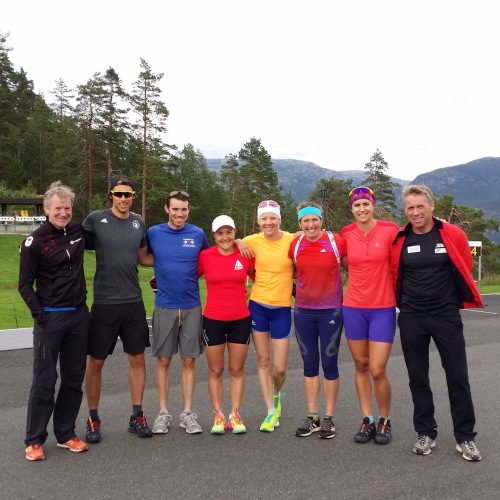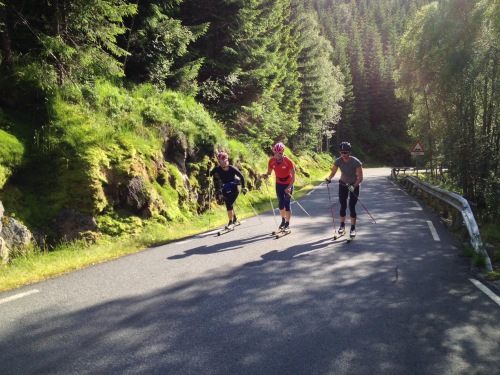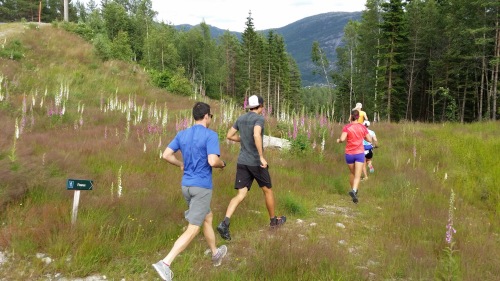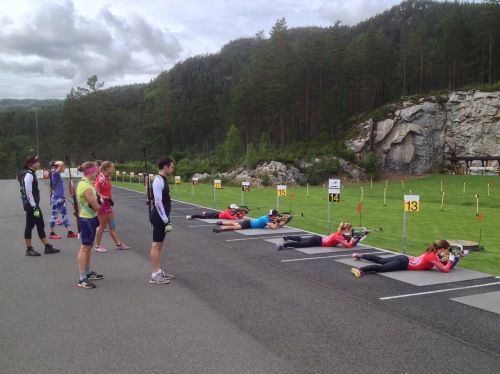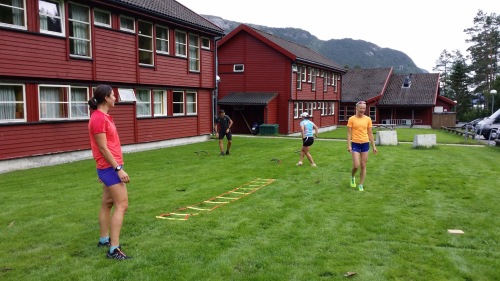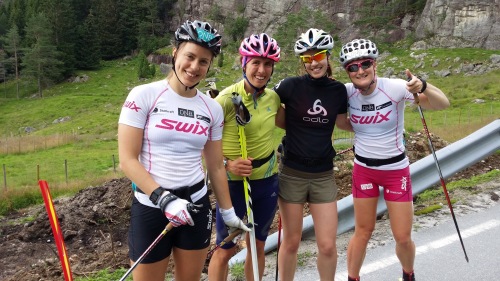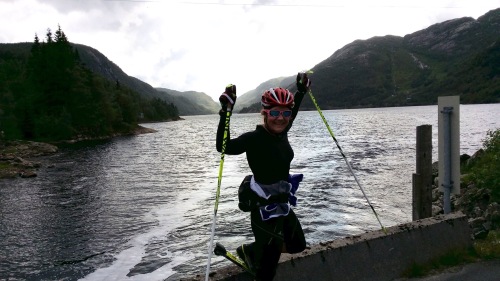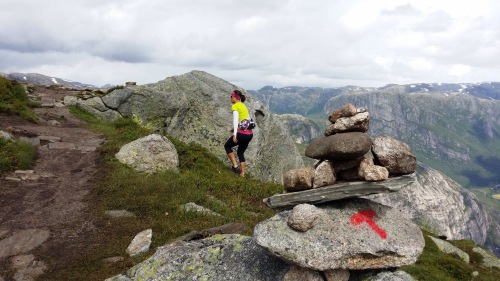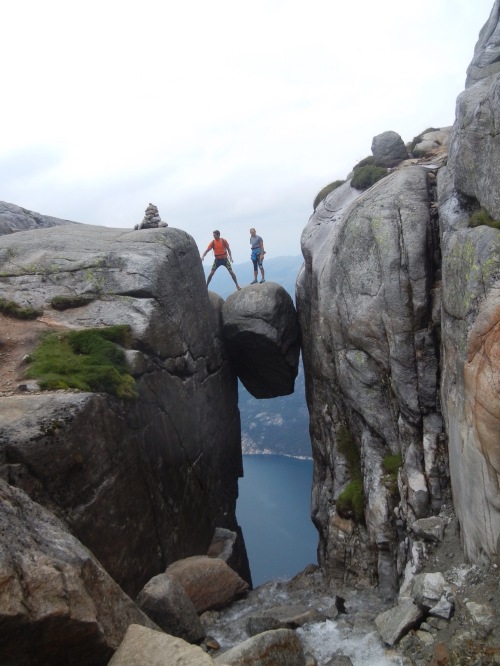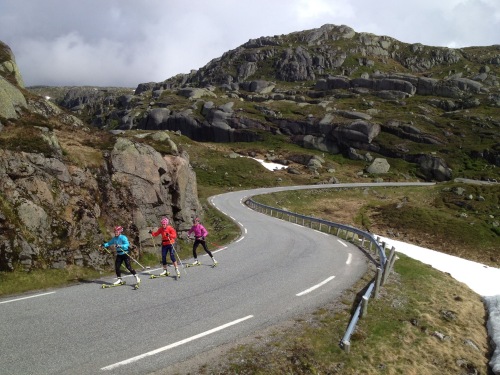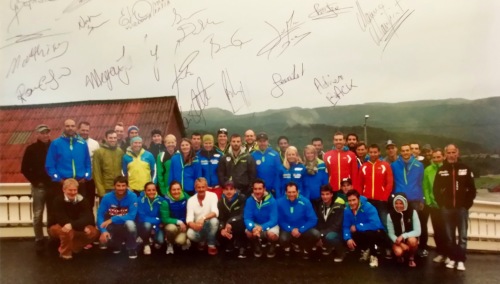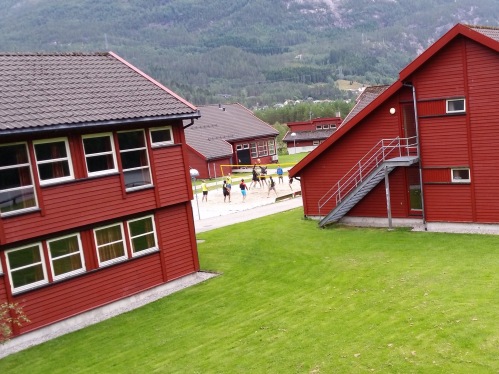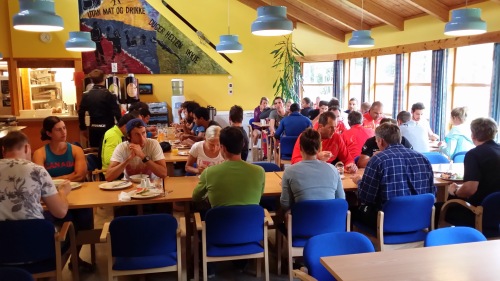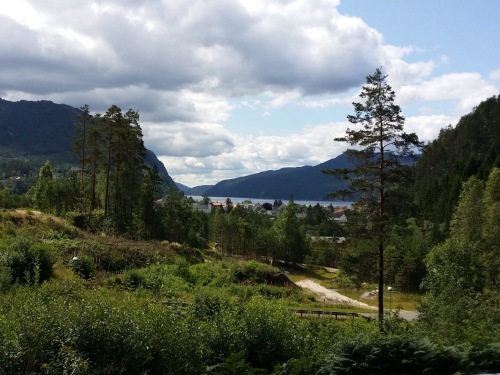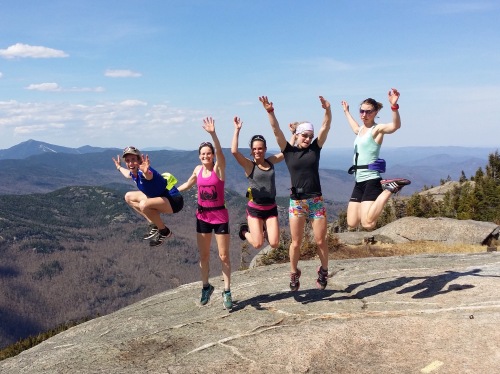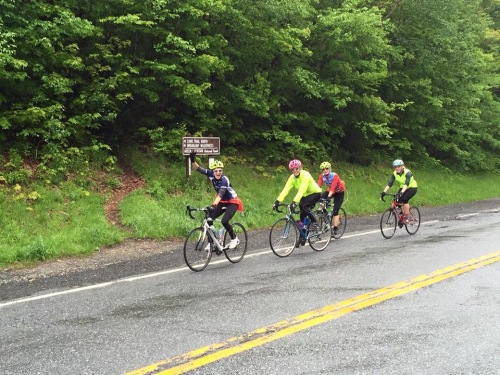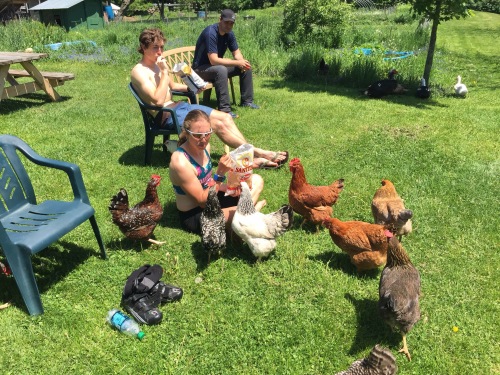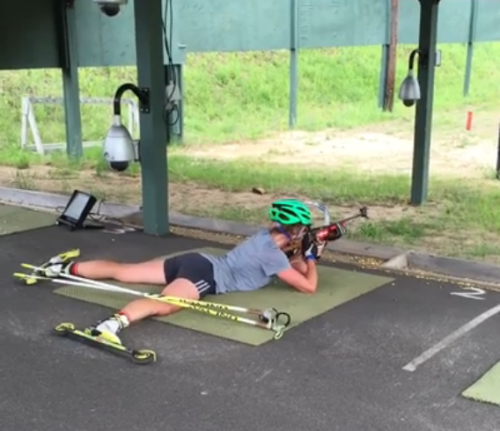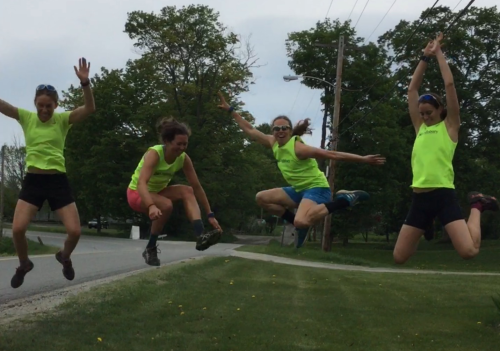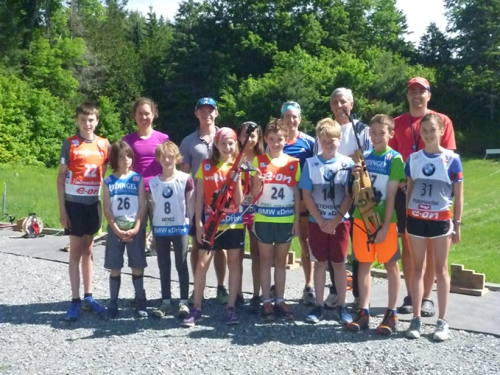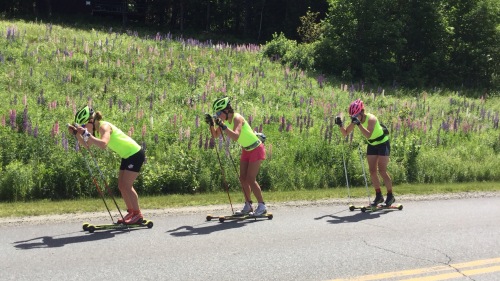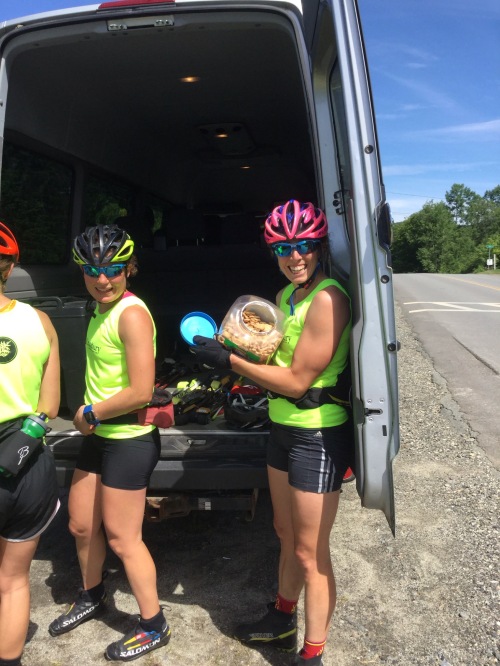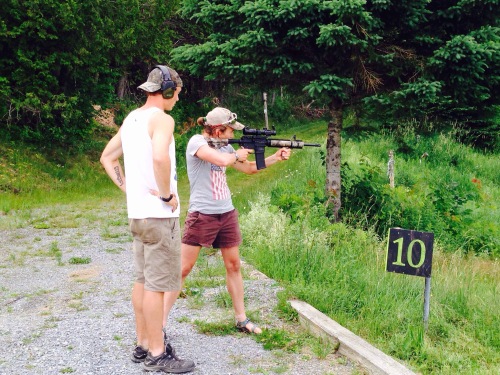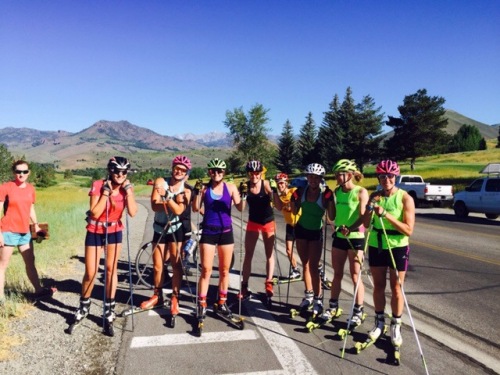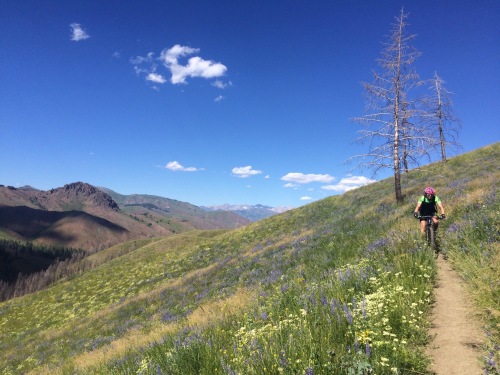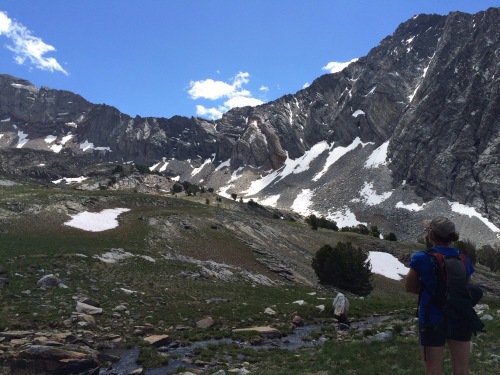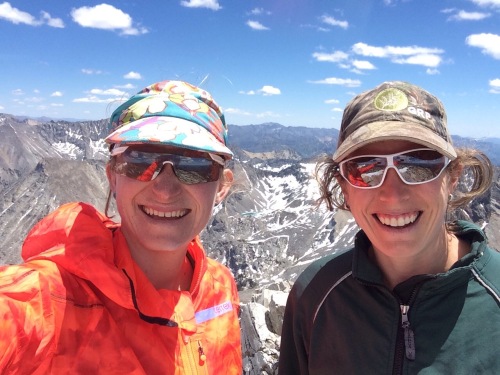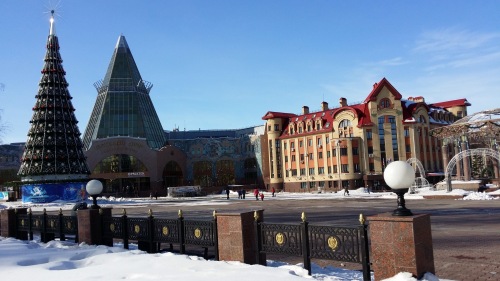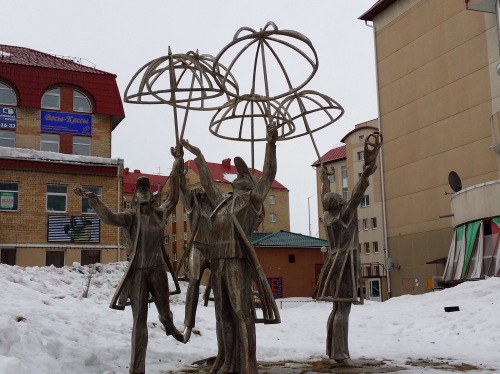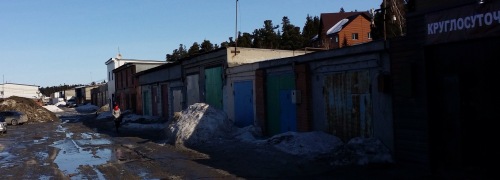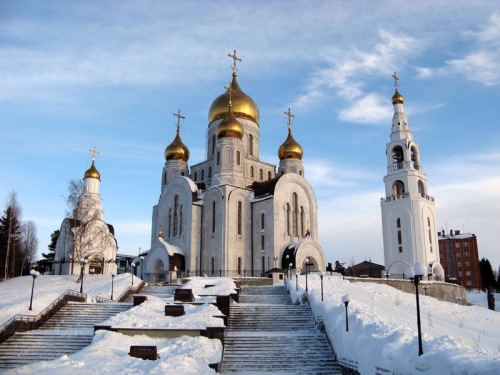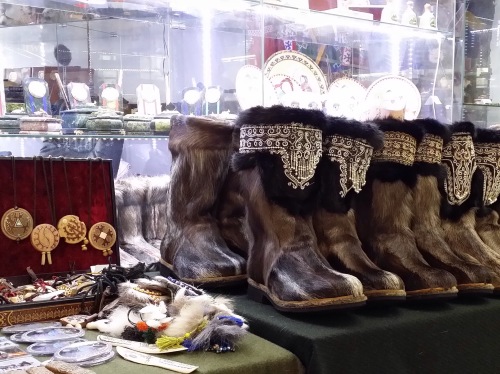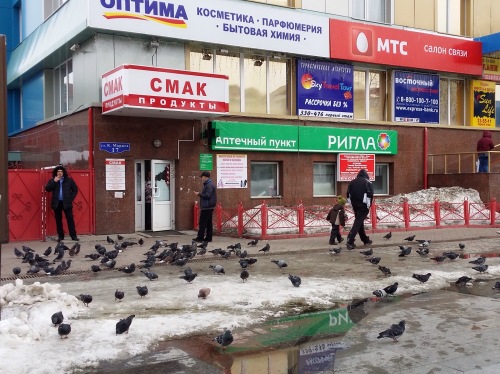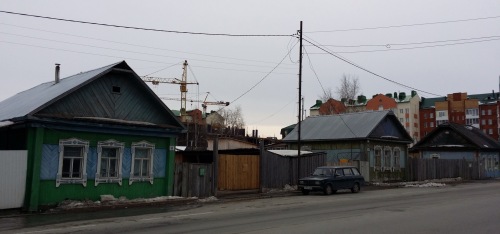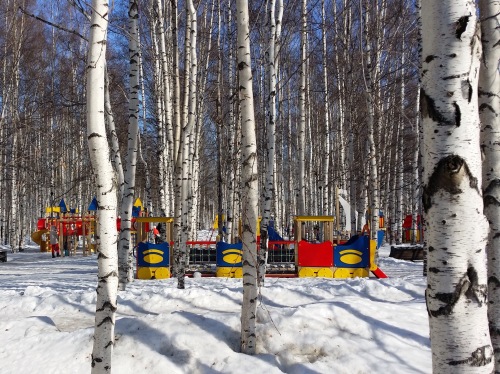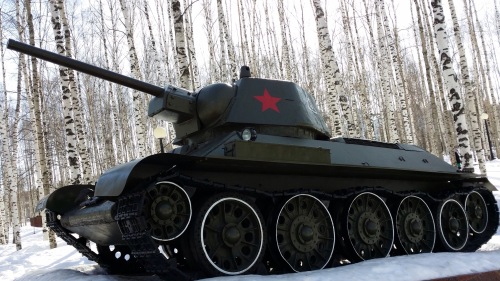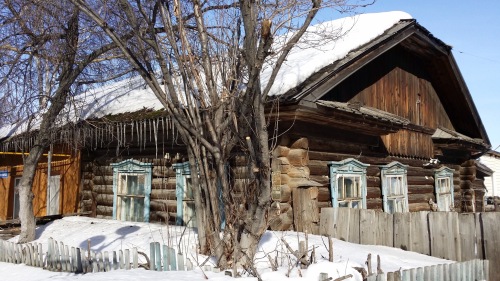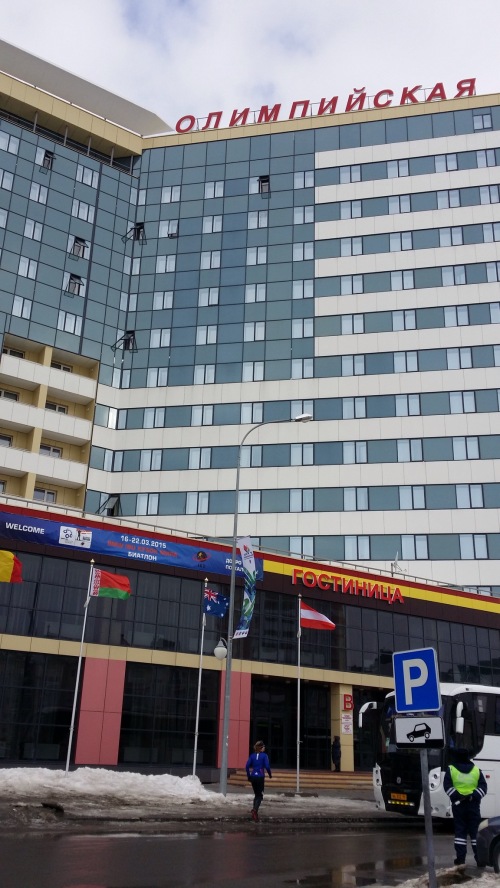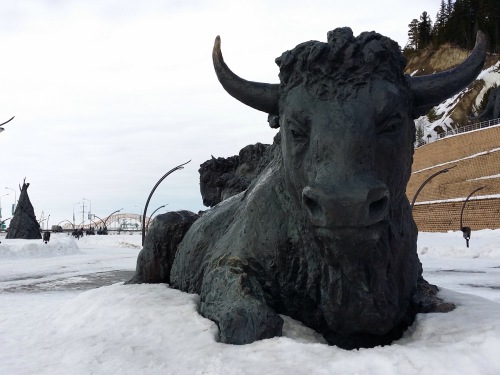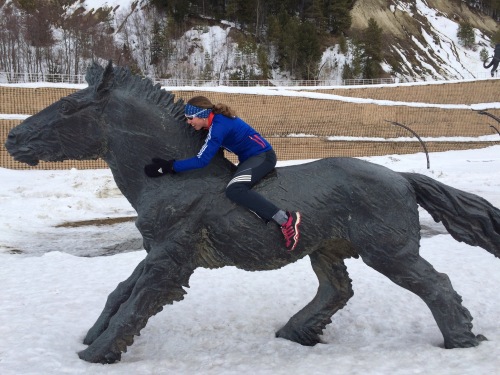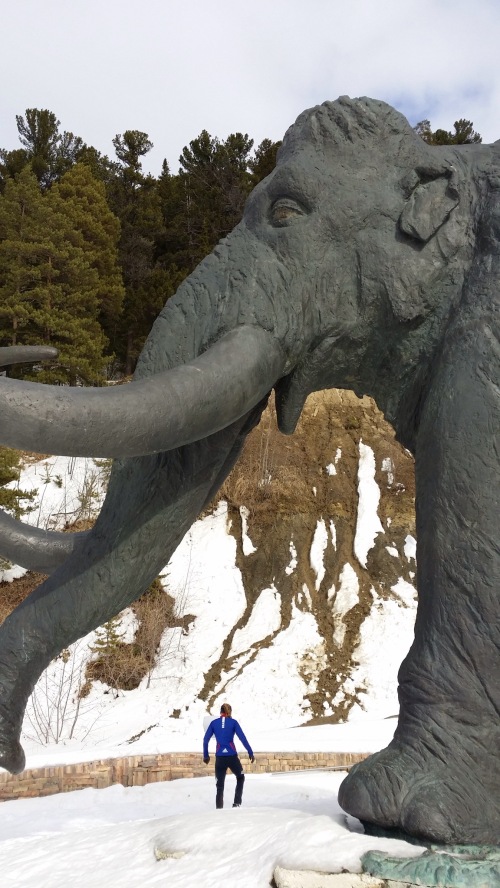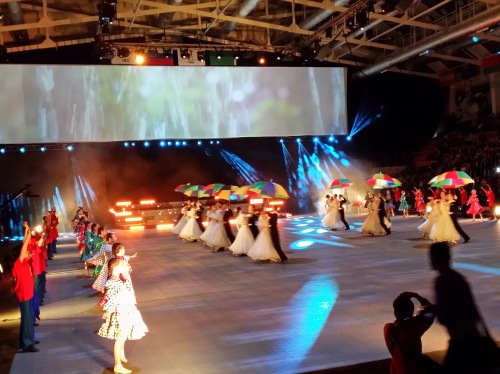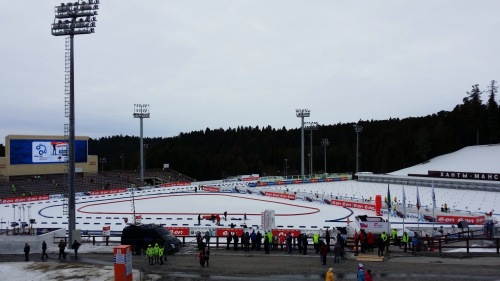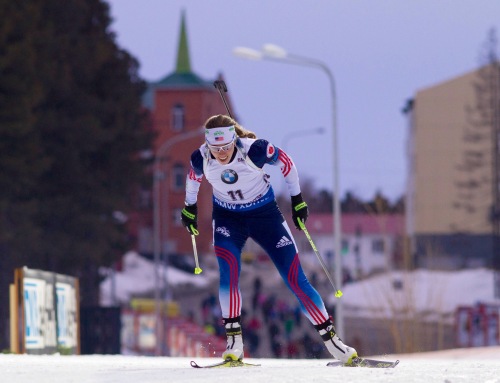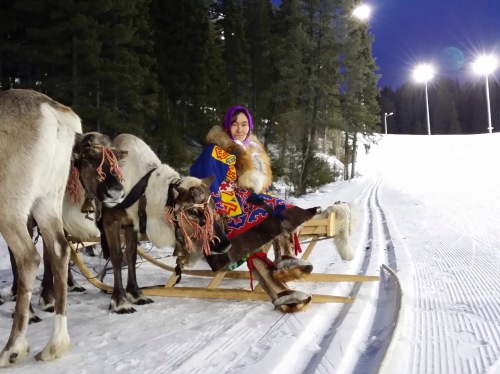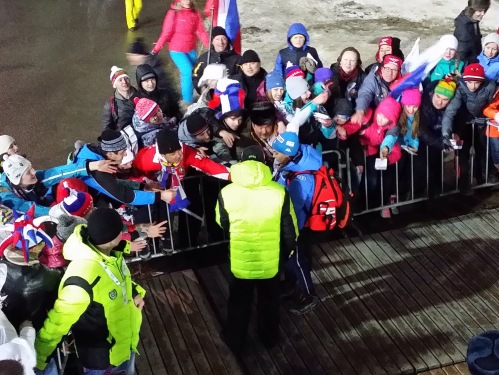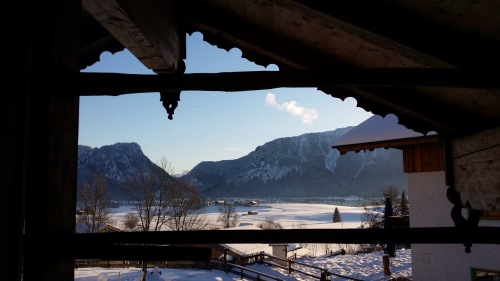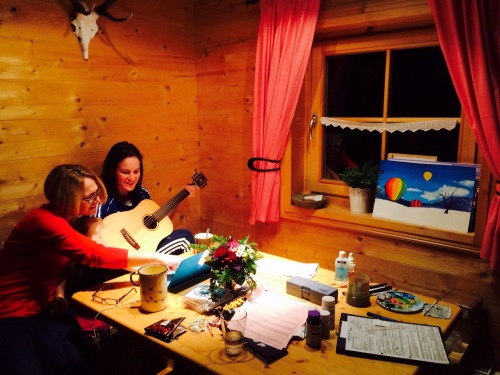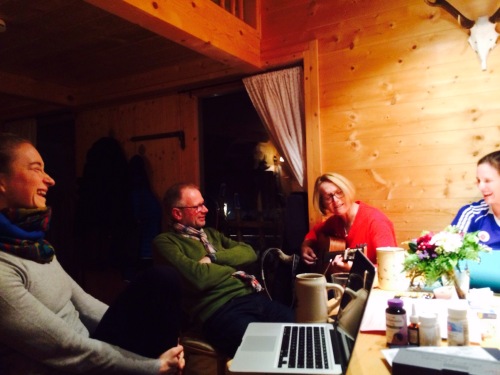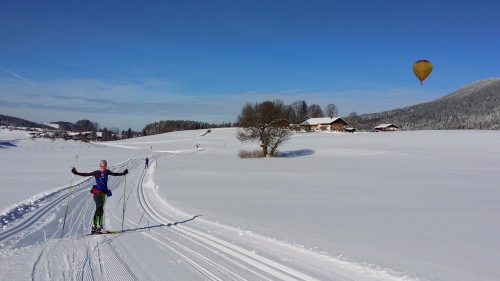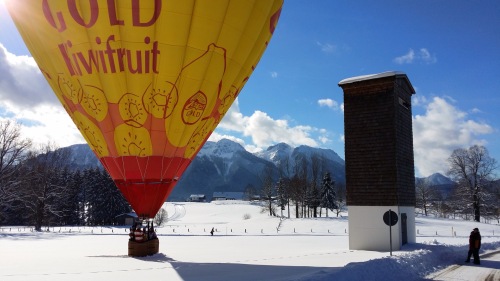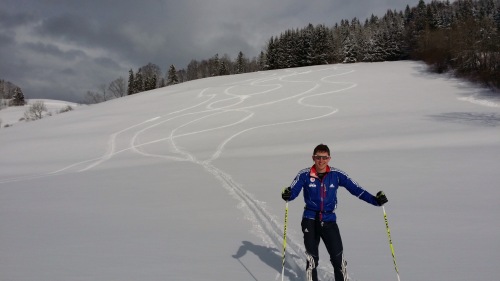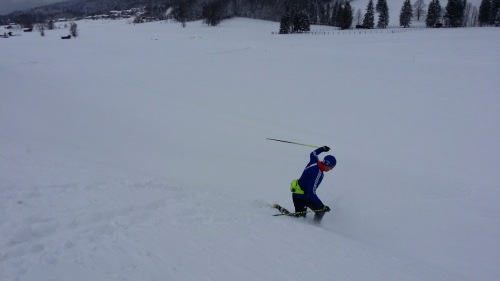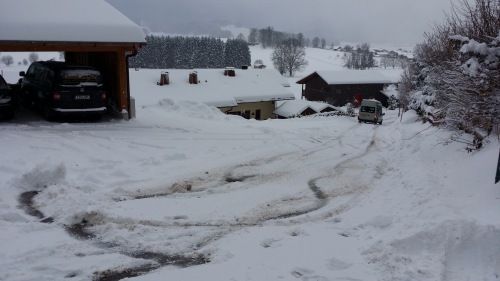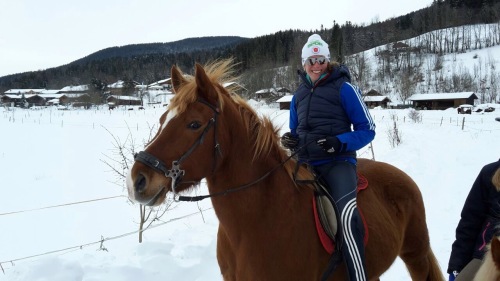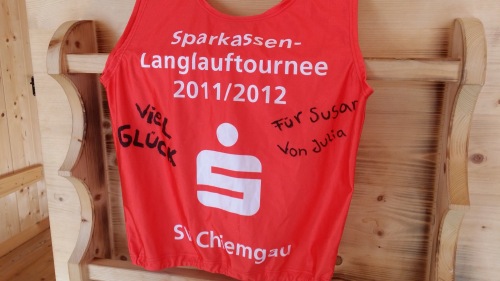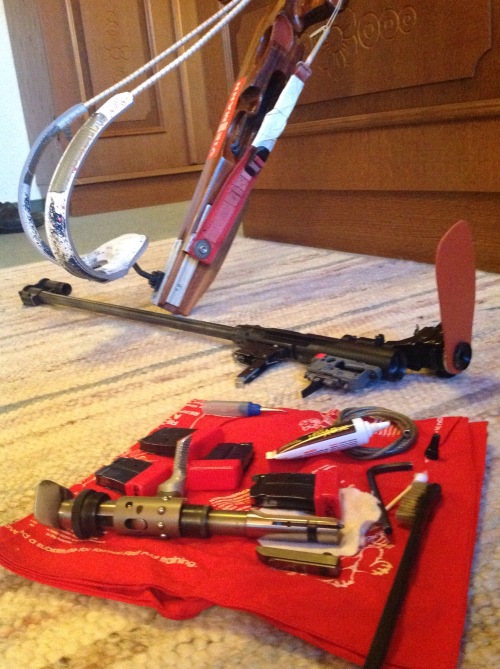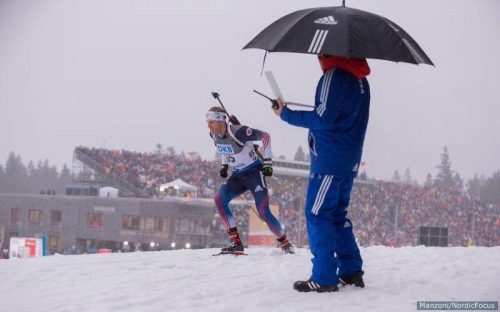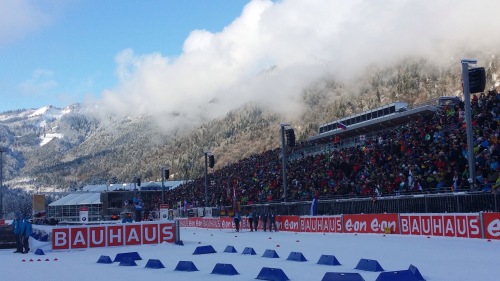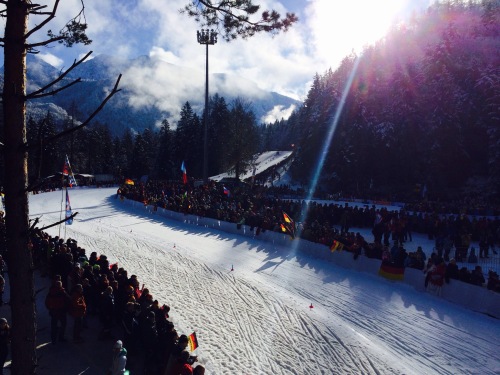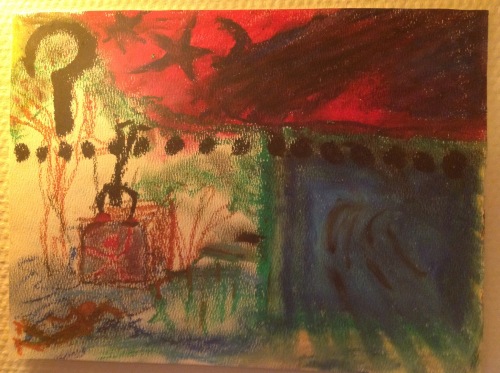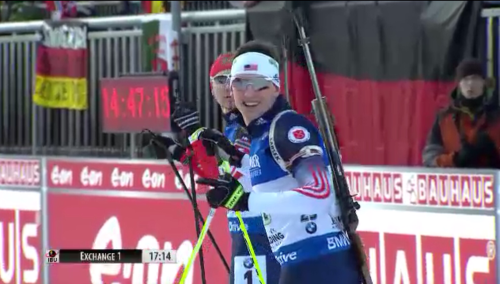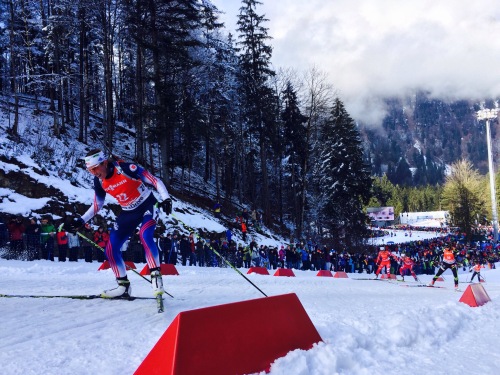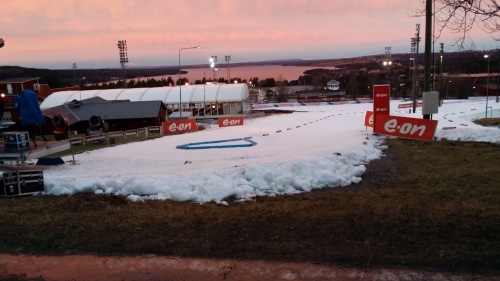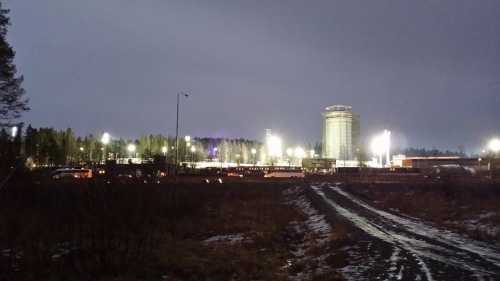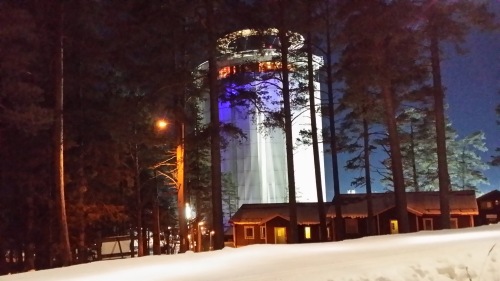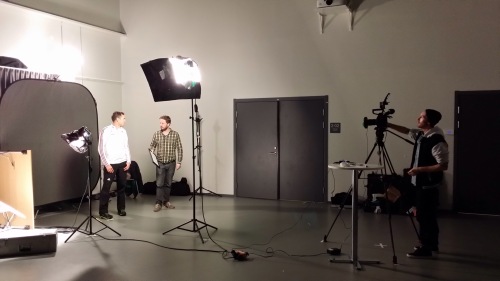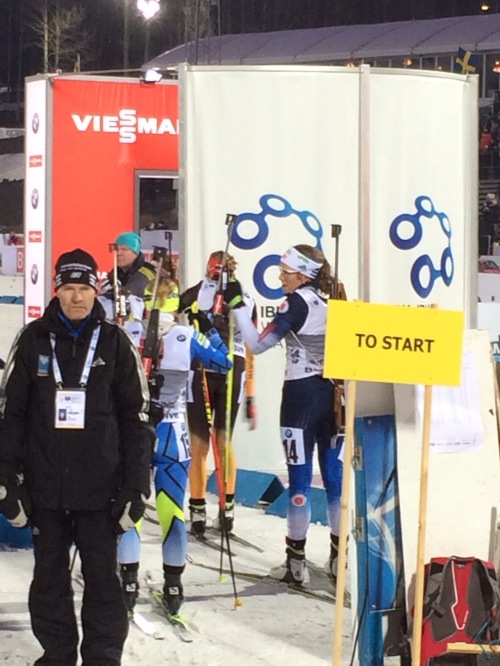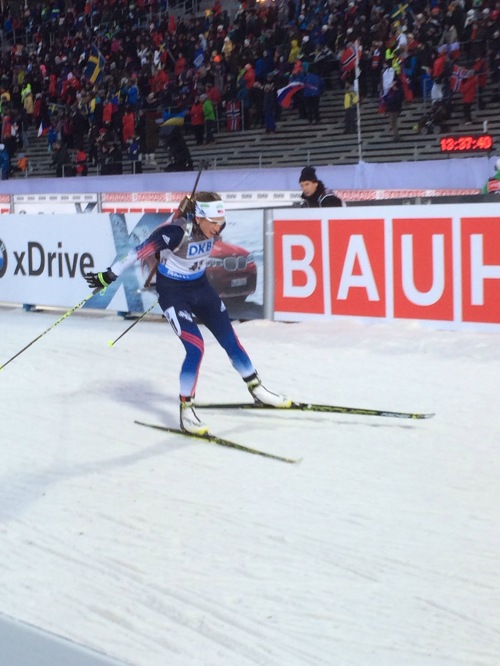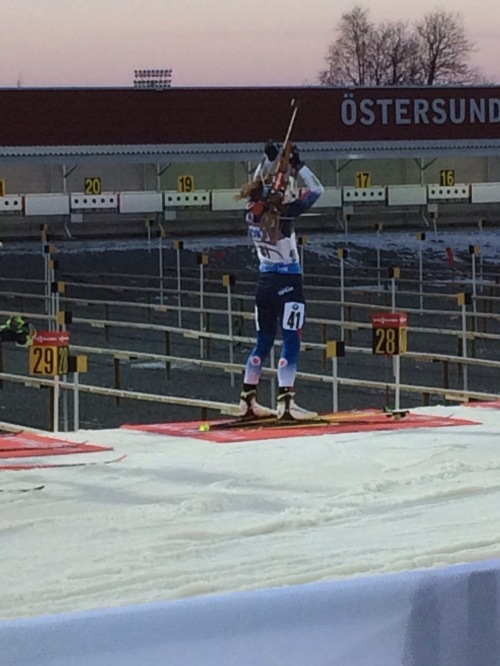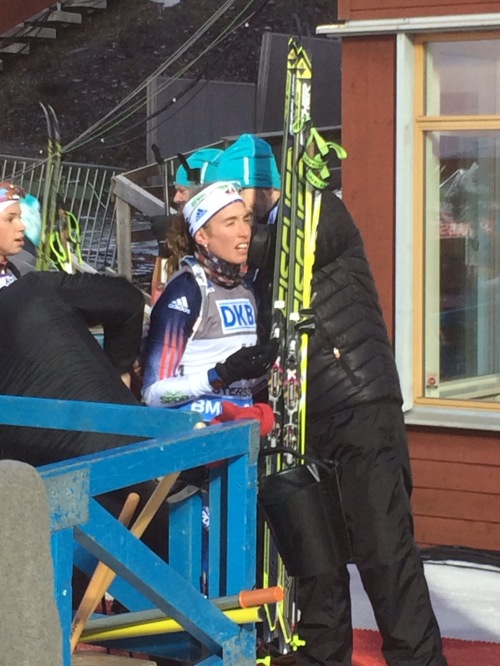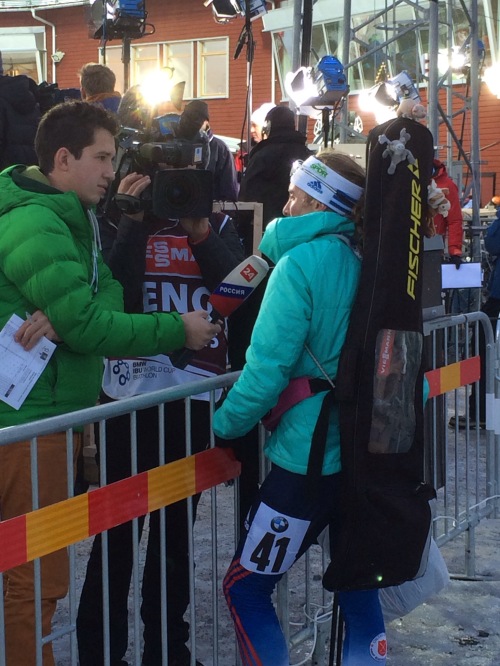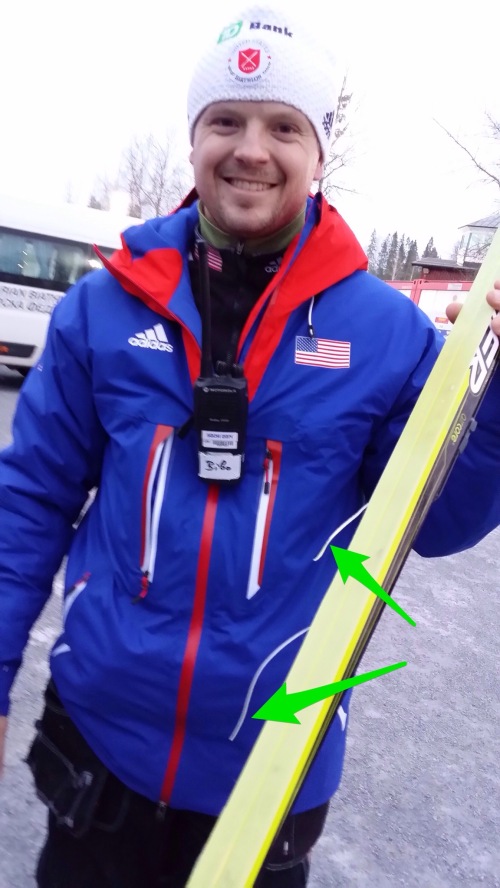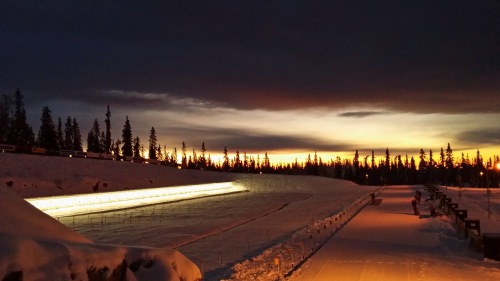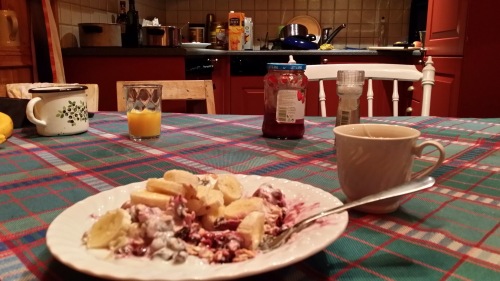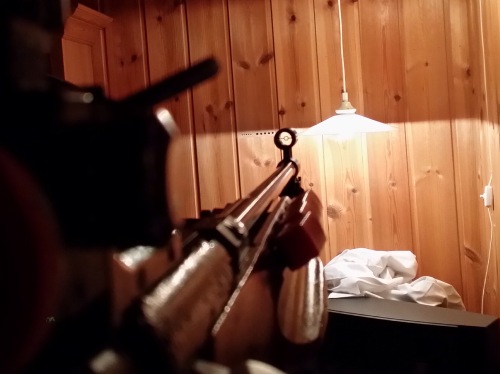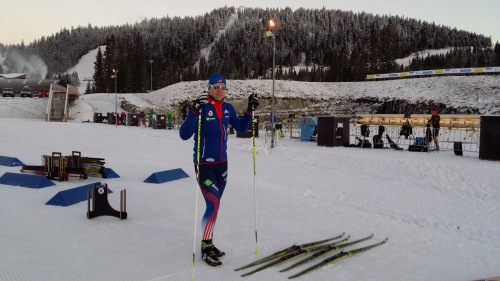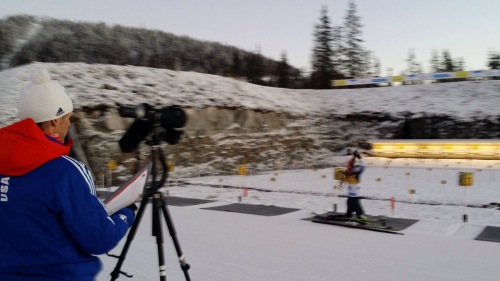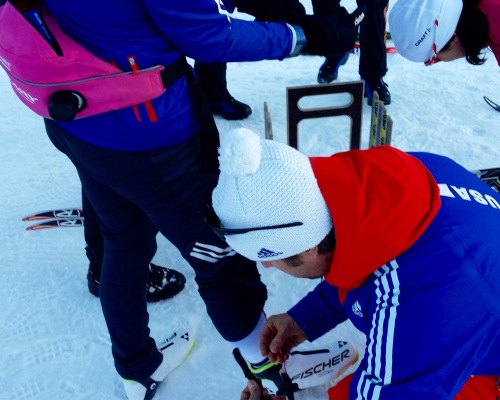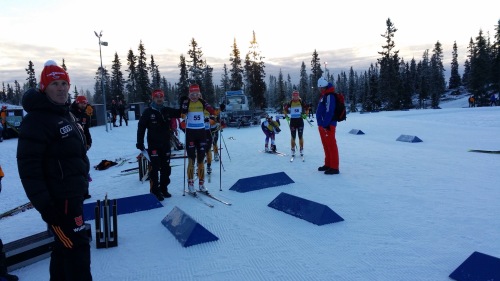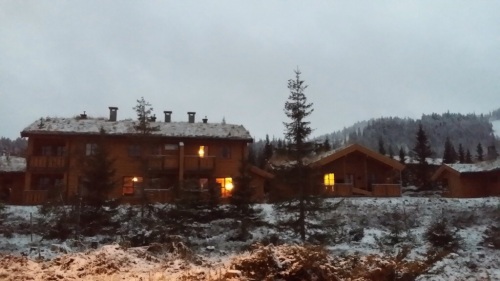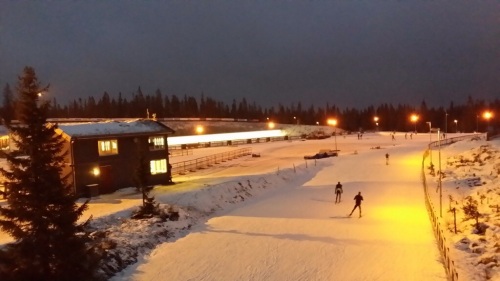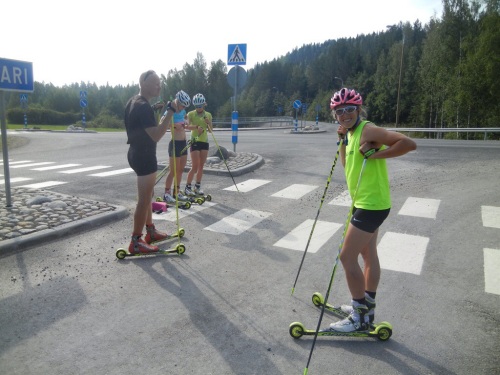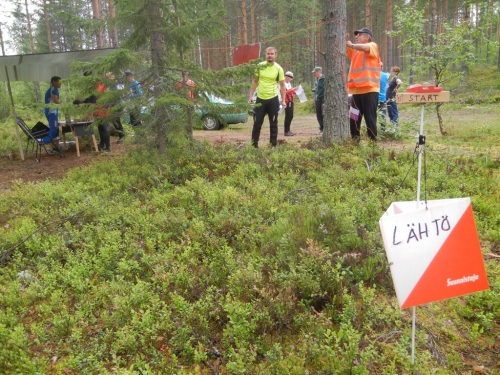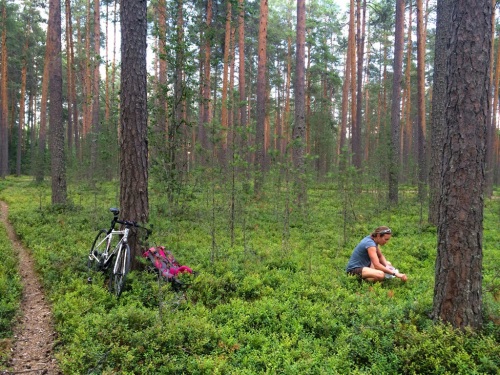At the end of last April, I found myself down in Hanover competing on Dartmouth’s alumni team for the spring woodsmen’s meet. I ran into a fellow alumna, Jenny, who had also been my high school English teacher. Between bouts of wood splitting, sawing and fire building competitions, we caught up. Jenny and her family were soon moving to England for a sabbatical year. “Would you have any interest in doing a hiking trip in Scotland next year?” she asked me.
Why not?
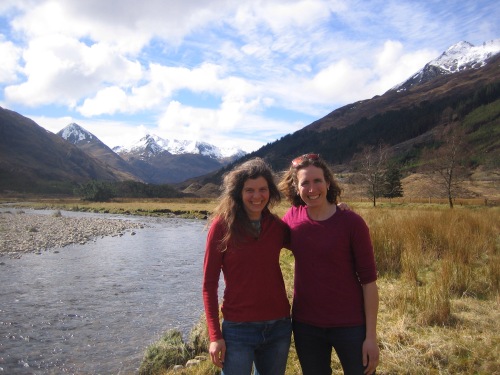 Jenny MacKenzie, my English teacher from St. Johnsbury Academy, and I. (Photo: Jenny)
Jenny MacKenzie, my English teacher from St. Johnsbury Academy, and I. (Photo: Jenny)
And so we began planning a trip to the Isle of Skye in April 2016. Jenny found a good deal on a rental house near the middle of the island. I looked into rental cars and pondered the challenges of driving on the “wrong” side of narrow roads. We read up on hikes in the Cuillin Mountains and watched Danny Macaskill’s “The Ridge” mountain bike video. We expected we’d have at least a few raw April days where we’d be sipping tea in front of a cozy fire, or local whisky at the neighborhood pub. When one of my long time skier friends, also from Dartmouth, Chelsea Little, heard about the trip, she was intrigued. We invited her along too.
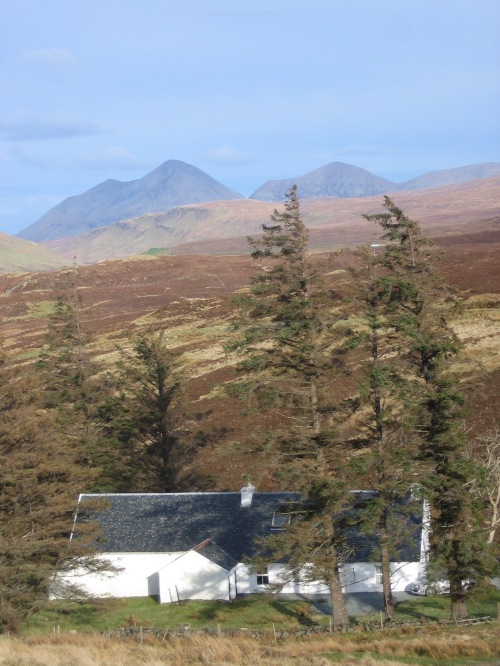 The Old Schoolhouse in Carbost, our home base for the week. The Red Cuillin Mountains are in the background. We explored many different corners of the island during day hikes (Photo: Jenny)
The Old Schoolhouse in Carbost, our home base for the week. The Red Cuillin Mountains are in the background. We explored many different corners of the island during day hikes (Photo: Jenny)
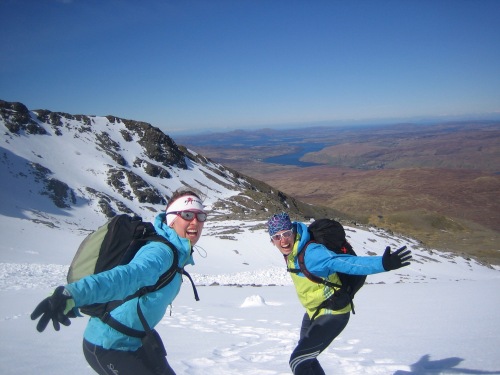 Chelsea and myself. When the forecast promised a window of good weather early in our week, we decided we’d better seize the opportunity to explore the Black Cuillin mountains, which are very rugged. Although none of Skye’s mountains are very high, they include steep and technical terrain. (photo: Jenny)
Chelsea and myself. When the forecast promised a window of good weather early in our week, we decided we’d better seize the opportunity to explore the Black Cuillin mountains, which are very rugged. Although none of Skye’s mountains are very high, they include steep and technical terrain. (photo: Jenny)
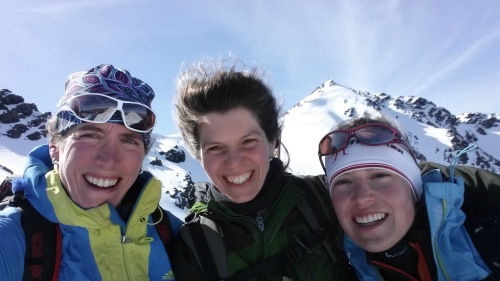 We made it to the top of the ridge but with strong winds and snow, and without proper safety equipment, we decided not to try bagging any Munros (summits).
We made it to the top of the ridge but with strong winds and snow, and without proper safety equipment, we decided not to try bagging any Munros (summits).
On another sunny day we tackled the less jagged, but still very steep, Red Cuillins. Over the years Chelsea and I have done lots of hiking together in New Hampshire, Vermont and Colorado. While we deliberately seek out high levels of challenge, we’ve also made scary mistakes which have taught us the importance of risk management. When Jenny steered us towards Mount Glamaig’s steepest face and then launched herself into the air and purposely landed in a scree-ski/slide down the mountain, I was wary. However, upon trying it myself I discovered it felt much more controlled than it had looked and it was a terrifically fun way to descend.
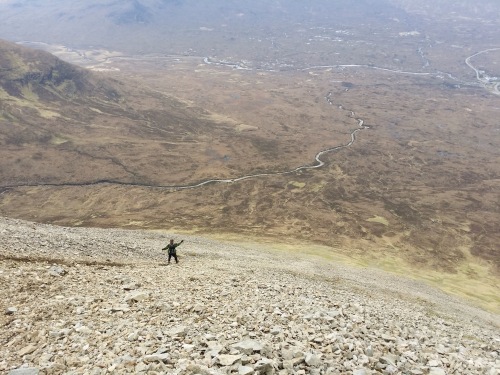 Jenny’s upbringing as an alpine ski racer allowed her to leave Chelsea and I in the dust. I think she should try the Glamaig Hill Race, an annual competition from the Sligachan Hotel to the top of the mountain and back: 4.5 miles with 2500 ft elevation change. The women’s record is 56:10 and the men’s is 44:27.
Jenny’s upbringing as an alpine ski racer allowed her to leave Chelsea and I in the dust. I think she should try the Glamaig Hill Race, an annual competition from the Sligachan Hotel to the top of the mountain and back: 4.5 miles with 2500 ft elevation change. The women’s record is 56:10 and the men’s is 44:27.
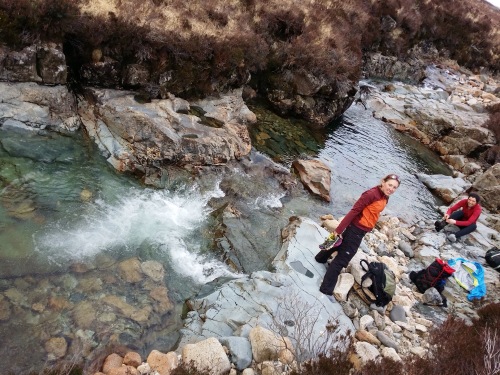 No day in the mountains is complete without a post hike swim.
No day in the mountains is complete without a post hike swim.
Much of Skye is a spongy peat bog, including some of the mountain summits we visited such as the flat-topped MacLeod’s tables.
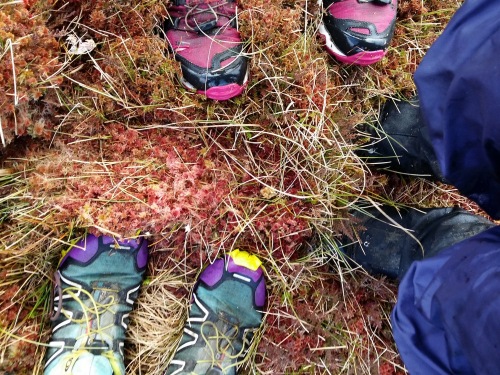 I’ve always preferred to hike in running shoes rather than boots but they do get wet easily. I had what I thought was a genius idea: wear plastic ziplock bags over my socks to keep my feet dry. I tried it one day and it was terrible. My feet were dripping wet from sweat in no time, plus at the end of the day I was dumping out sheep shit, which had somehow accumulated inside the plastic during the hike.
I’ve always preferred to hike in running shoes rather than boots but they do get wet easily. I had what I thought was a genius idea: wear plastic ziplock bags over my socks to keep my feet dry. I tried it one day and it was terrible. My feet were dripping wet from sweat in no time, plus at the end of the day I was dumping out sheep shit, which had somehow accumulated inside the plastic during the hike.
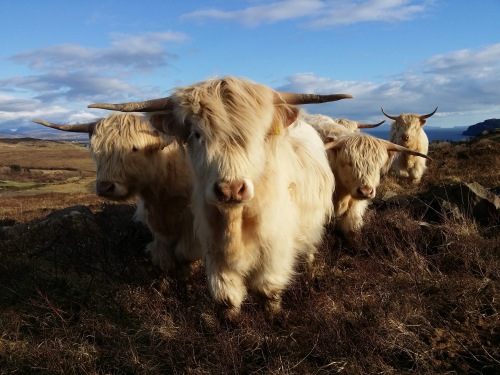 We climbed over many fence stiles during our wanders and made friends with a lot of farm animals. These cattle were very curious. It was prime lambing season, so we tried to give the pregnant ewes as much space as we could.
We climbed over many fence stiles during our wanders and made friends with a lot of farm animals. These cattle were very curious. It was prime lambing season, so we tried to give the pregnant ewes as much space as we could.
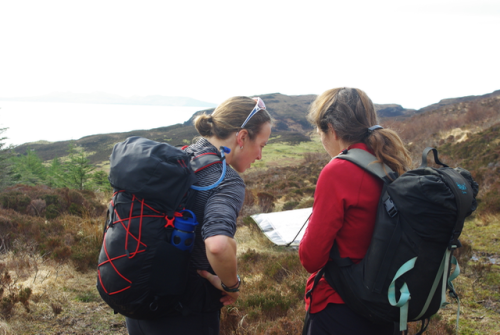 Wait, which way are we supposed to be going? (photo: Chelsea)
Wait, which way are we supposed to be going? (photo: Chelsea)
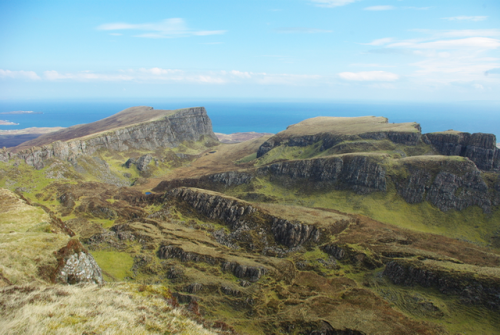 The Quiraing, a geologic landslip that we explored. It looked like a perfect home for fairies and other mythological creatures. Historically it provided a convenient hiding place for cattle during Viking raids. (photo: Chelsea)
The Quiraing, a geologic landslip that we explored. It looked like a perfect home for fairies and other mythological creatures. Historically it provided a convenient hiding place for cattle during Viking raids. (photo: Chelsea)
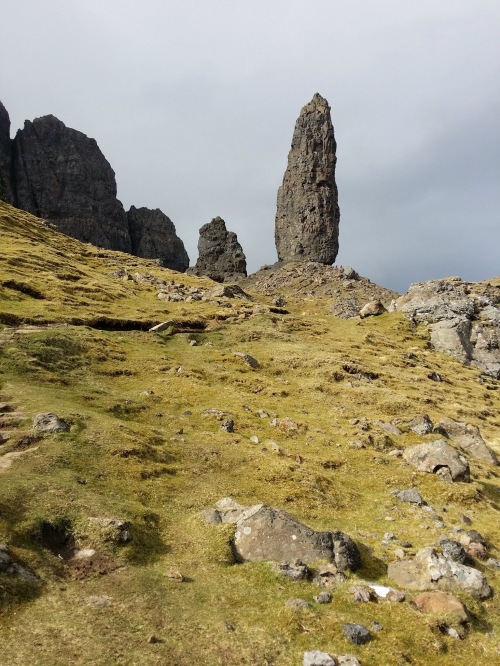 Another famous landform and easy hike: The Old Man of Storr.
Another famous landform and easy hike: The Old Man of Storr.
 I haven’t spent much time near an ocean, so our walk to MacLeod’s Maidens was a treat. These interesting rocks are named after the drowned wife and daughters of a MacLeod cheiftain.
I haven’t spent much time near an ocean, so our walk to MacLeod’s Maidens was a treat. These interesting rocks are named after the drowned wife and daughters of a MacLeod cheiftain.
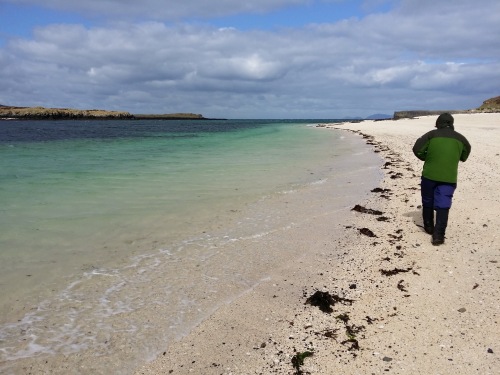 Skye’s “Coral Beaches.” My teammates tell me that I should try a real spring beach vacation one of these years. Does this count? This beach isn’t actually coral; the white color comes from dried out and sun-bleached algae.
Skye’s “Coral Beaches.” My teammates tell me that I should try a real spring beach vacation one of these years. Does this count? This beach isn’t actually coral; the white color comes from dried out and sun-bleached algae.
While researching Skye on the internet, I had read about several Iron Age souterrains (underground storage tunnels made from rock and covered with sod). We decided to find one. A rough description from the web gave us an approximate location in a sheep pasture. We combed every hillock and hummock looking for the thing then gave up and decided to check out the nearby beaches. But the allure of our treasure hunt brought us back a couple hours later and we finally found it!
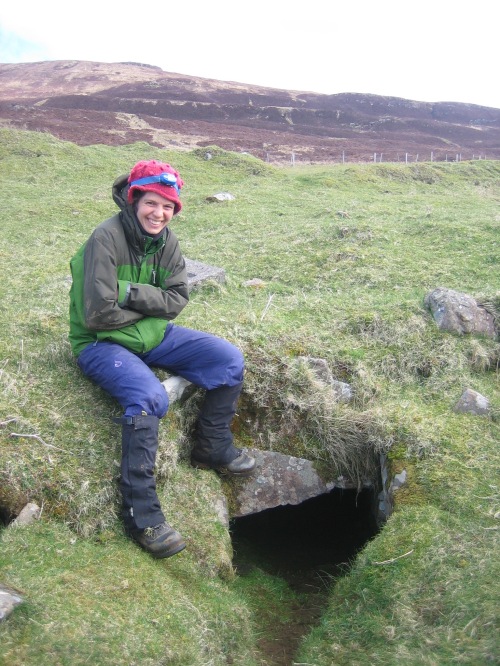 Jenny, of course, had no qualms about wiggling into the muddy hole to explore the inside and we soon followed (photo: Jenny)
Jenny, of course, had no qualms about wiggling into the muddy hole to explore the inside and we soon followed (photo: Jenny)
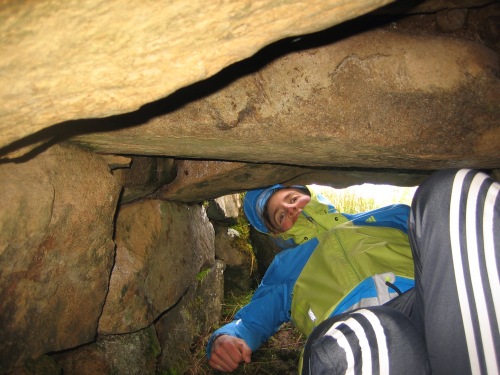 It extended 10 m into the ground (Photo: Jenny).
It extended 10 m into the ground (Photo: Jenny).
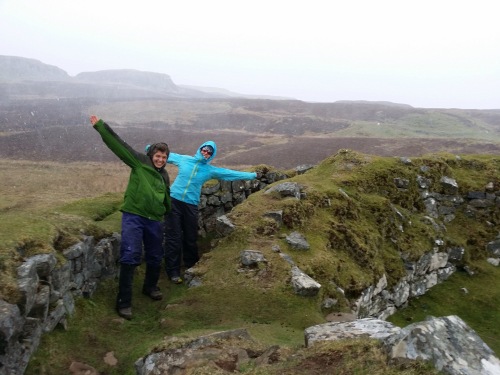 Braving a hailstorm and severe winds to check out an old broch (round fort).
Braving a hailstorm and severe winds to check out an old broch (round fort).
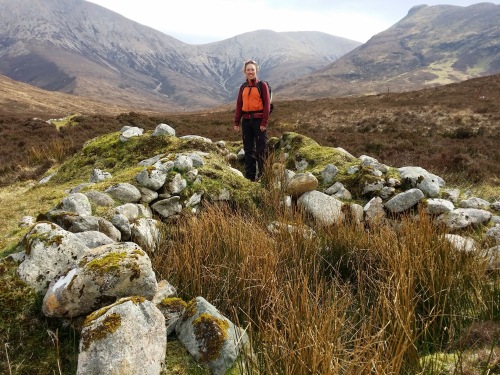 Every glen we saw had ruins of shielings (farmers’ huts) and brochs representing many different centuries. Stones were often scavenged from nearby ruins to be incorporated into new structures, so these sites might include many layers of history.
Every glen we saw had ruins of shielings (farmers’ huts) and brochs representing many different centuries. Stones were often scavenged from nearby ruins to be incorporated into new structures, so these sites might include many layers of history.
During the Highland Clearances in the nineteenth century, thousands of crofters were displaced to make room for sheep pastures, leaving villages and shielings abandoned. Many Scots emigrated to America at this time, including a concentrated settlement near Craftsbury.
A short walk from our rental house was the Talisker Whisky Distillery. It opened in 1830 and enabled some displaced families to find work and stay on Skye. We made it back from our daily ramblings early enough one afternoon to catch a tour.
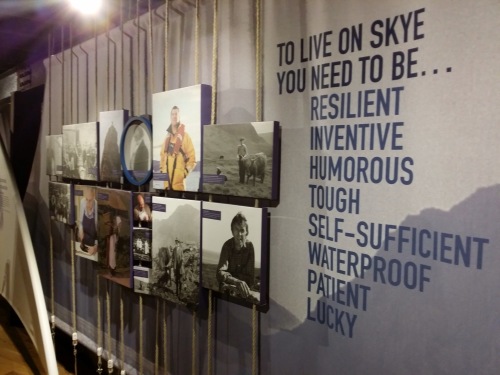 This list of adjectives in the visitor’s center caught my eye. They are many of the same qualities that make a good biathlete.
This list of adjectives in the visitor’s center caught my eye. They are many of the same qualities that make a good biathlete.
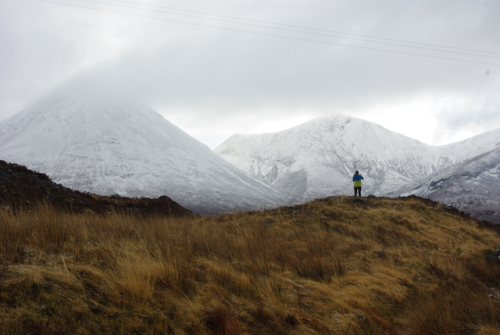 After a week with mostly pleasant weather, we drove away from Skye in the middle of a spring snow storm. The week was over all too soon. (Photo: Chelsea)
After a week with mostly pleasant weather, we drove away from Skye in the middle of a spring snow storm. The week was over all too soon. (Photo: Chelsea)
